June Inflation Report Sparks Optimism Among Consumers and Markets
As of June 12, 2025, the U.S. economy is showing signs of relief in the ongoing fight against inflation, according to newly released data from the Bureau of Labor Statistics (BLS). The Consumer Price Index (CPI) for May rose 3.1% year-over-year, easing from April’s 3.4%. On a monthly basis, prices increased only 0.2%, reinforcing a trend of deceleration in consumer price growth.
The energy index, which had surged earlier this year, fell by 1.8% in May, providing some relief at the pump. Meanwhile, core inflation—which strips out the volatile food and energy sectors—rose by 0.3% in May, matching April’s reading. Year-over-year, core inflation stands at 3.4%.
Federal Reserve Pauses Again, Signals Patience
In response to the new CPI data and other economic indicators, the Federal Reserve on Wednesday opted to keep its benchmark federal funds rate unchanged at 5.25–5.50% for the fifth consecutive meeting. Fed Chair Jerome Powell emphasized the need for “greater confidence” that inflation is sustainably returning to the 2% target before considering rate cuts.
“Today’s inflation numbers are a step in the right direction,” Powell said in a press briefing. “But we are not declaring victory. The path forward remains uncertain, and we are prepared to keep policy restrictive for as long as necessary.”
Analysts now anticipate the first potential rate cut could come as early as September, though that remains contingent on continued improvement in inflation and resilient consumer demand.
Housing Affordability Squeeze Continues
Higher interest rates are continuing to strain households, with mortgage rates hovering near 7.25% for a 30-year fixed loan. According to recent data from Redfin, the median monthly mortgage payment in the U.S. now exceeds $2,800—up nearly 40% compared to 2023 figures. This is dampening demand among first-time buyers and causing a slowdown in housing activity.
“We are seeing more buyers taking a wait-and-see approach in hopes of better affordability later this year,” said Dana Compton, a Redfin market analyst. “But low housing supply continues to support elevated prices in many metropolitan areas.”
Consumer Spending Remains Resilient
Despite headwinds, American consumers are still fueling the economy. Retail sales for May increased by 0.4% according to the Census Bureau, boosted by automotive purchases and online shopping. However, discretionary spending—particularly on services like dining and travel—showed signs of cooling as consumers grow more price-sensitive.
“Consumers are still spending, but they’re being more selective,” noted Michelle Grant, principal for retail and consumer insights at Euromonitor. “There’s a shift toward value-oriented purchases and increased usage of budget-tracking apps and cash-back tools.”
Personal Finance Trends: Budgeting Tools on the Rise
Faced with lingering economic uncertainty and high living costs, Americans are increasingly turning to digital budgeting tools and financial wellness platforms. Downloads of apps like Rocket Money, Copilot, and YNAB (You Need A Budget) are up nearly 27% year-to-date, according to App Annie.
In addition, personal savings rates have slightly improved. The U.S. personal savings rate ticked up to 4.6% in April, the highest since June 2023, indicating that households may finally be regaining footing amid slower inflation.
Outlook: Cautious Optimism Heading Into Summer
Overall, the latest economic data suggest that inflation is on a downward trajectory and the labor market, while softening slightly, remains robust. Continued resilience in consumer activity paired with slowing price growth has renewed hope for a “soft landing”—where inflation is tamed without tipping the economy into recession.
However, risks remain. Geopolitical tensions, a potential rebound in energy prices, and uncertainty around the Fed’s next move continue to cloud the outlook. For now, everyday consumers may benefit from slowing inflation and stable interest rates, but vigilance around debt, spending, and savings remains crucial.
Expert Tip: “Now is a smart time to audit your budget, lock in fixed-rate debts if possible, and build an emergency fund,” advised Liz Weston, CFP and personal finance columnist. “The window for stability may not last forever.”



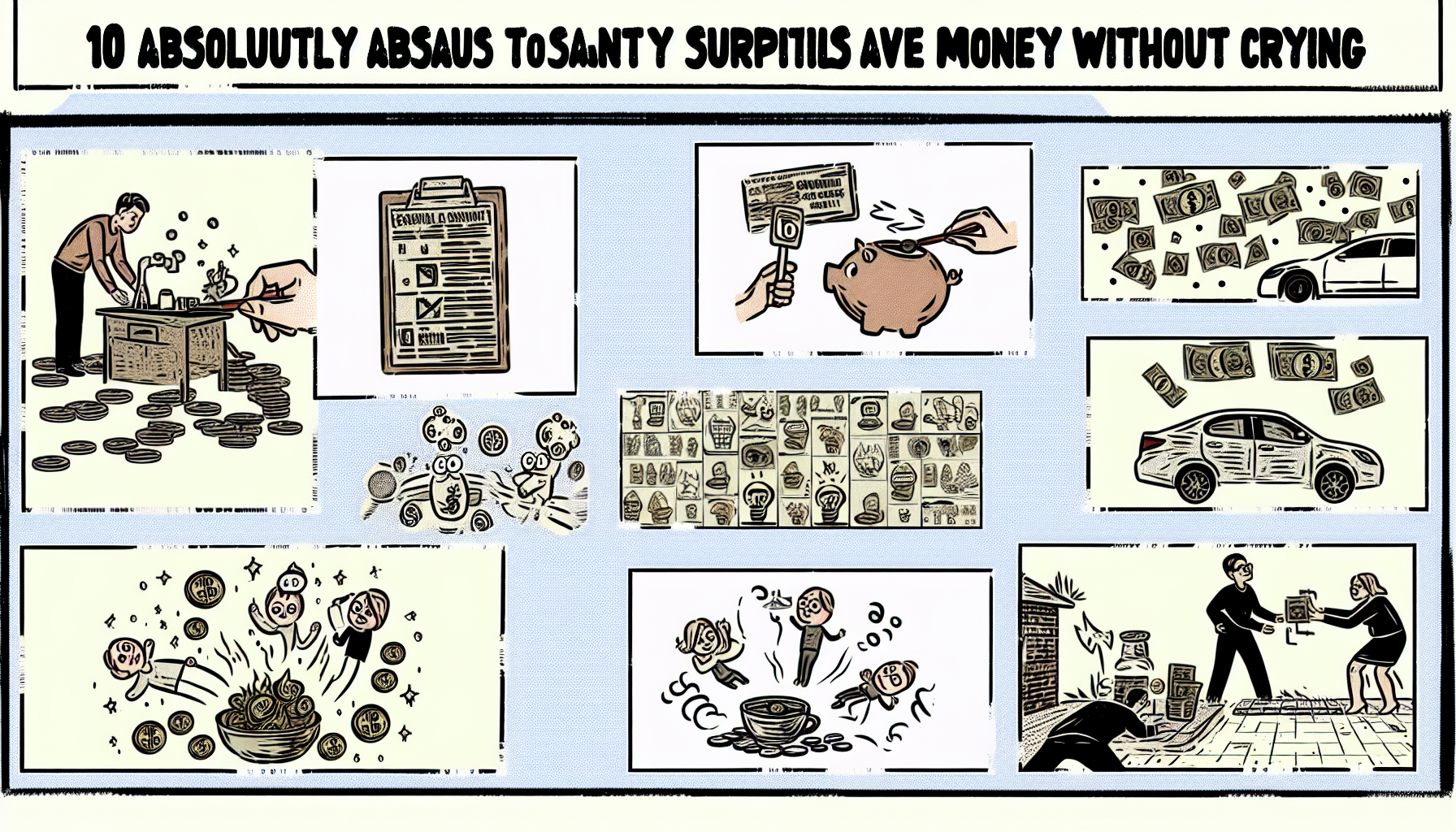


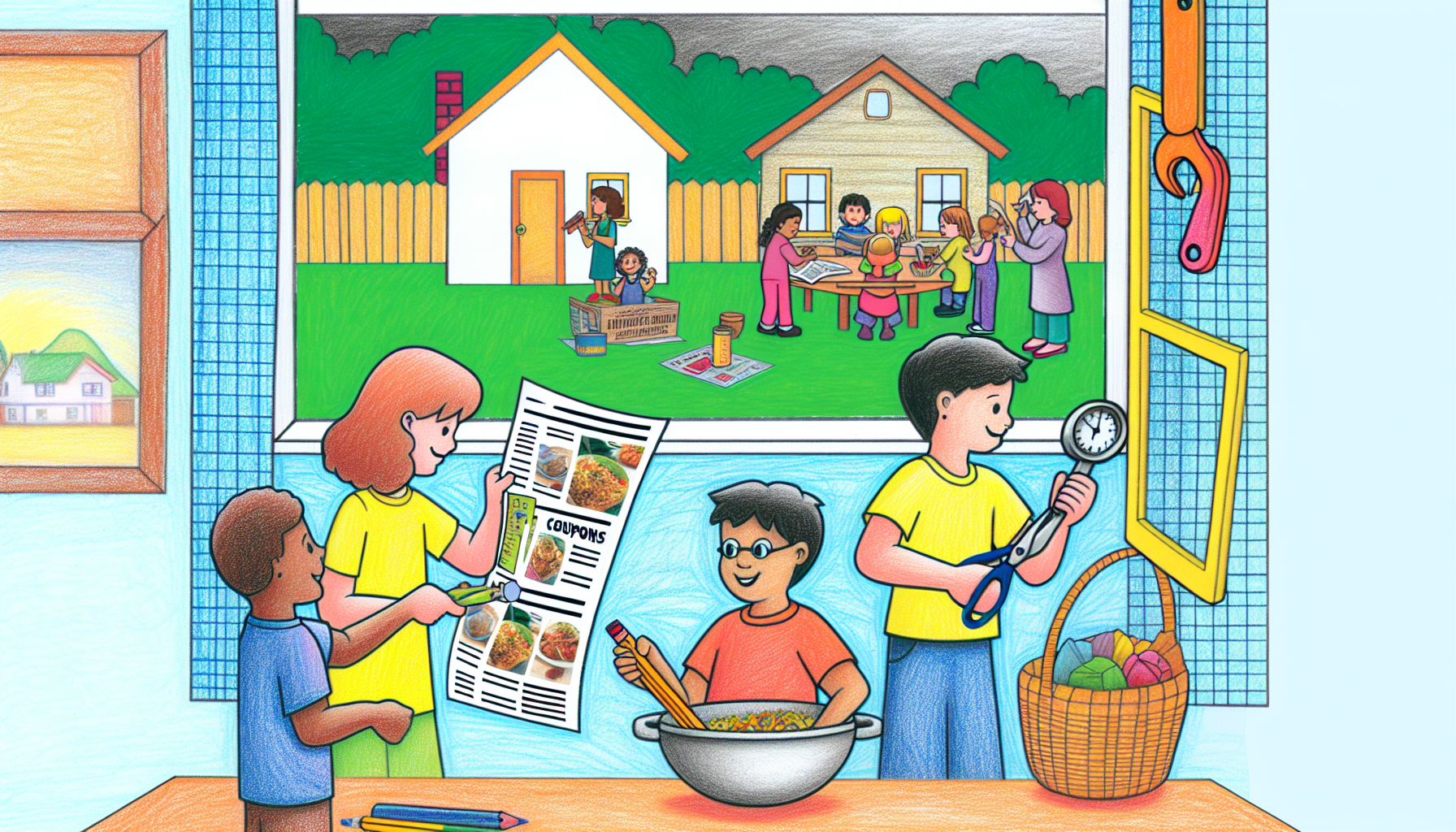



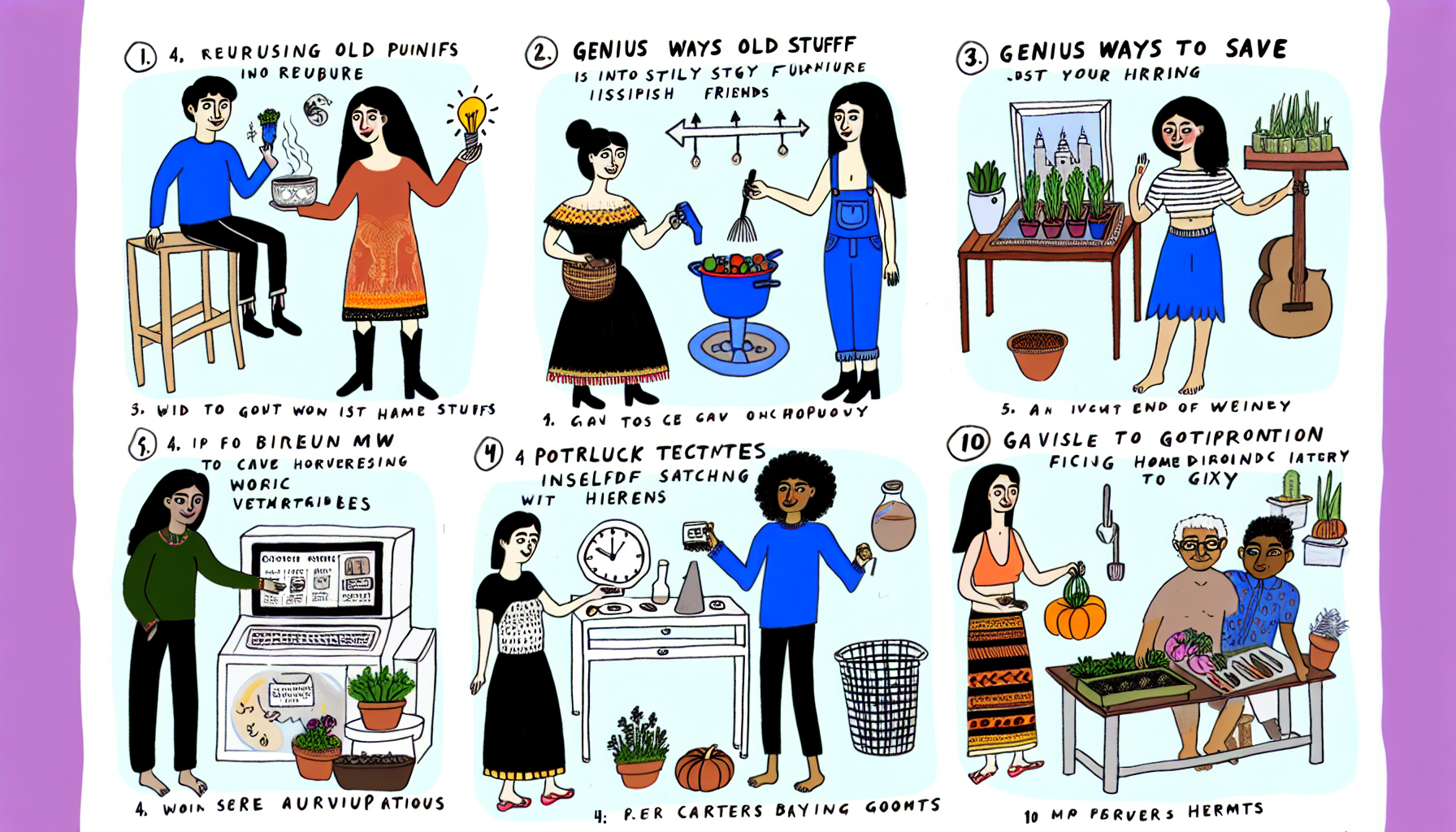
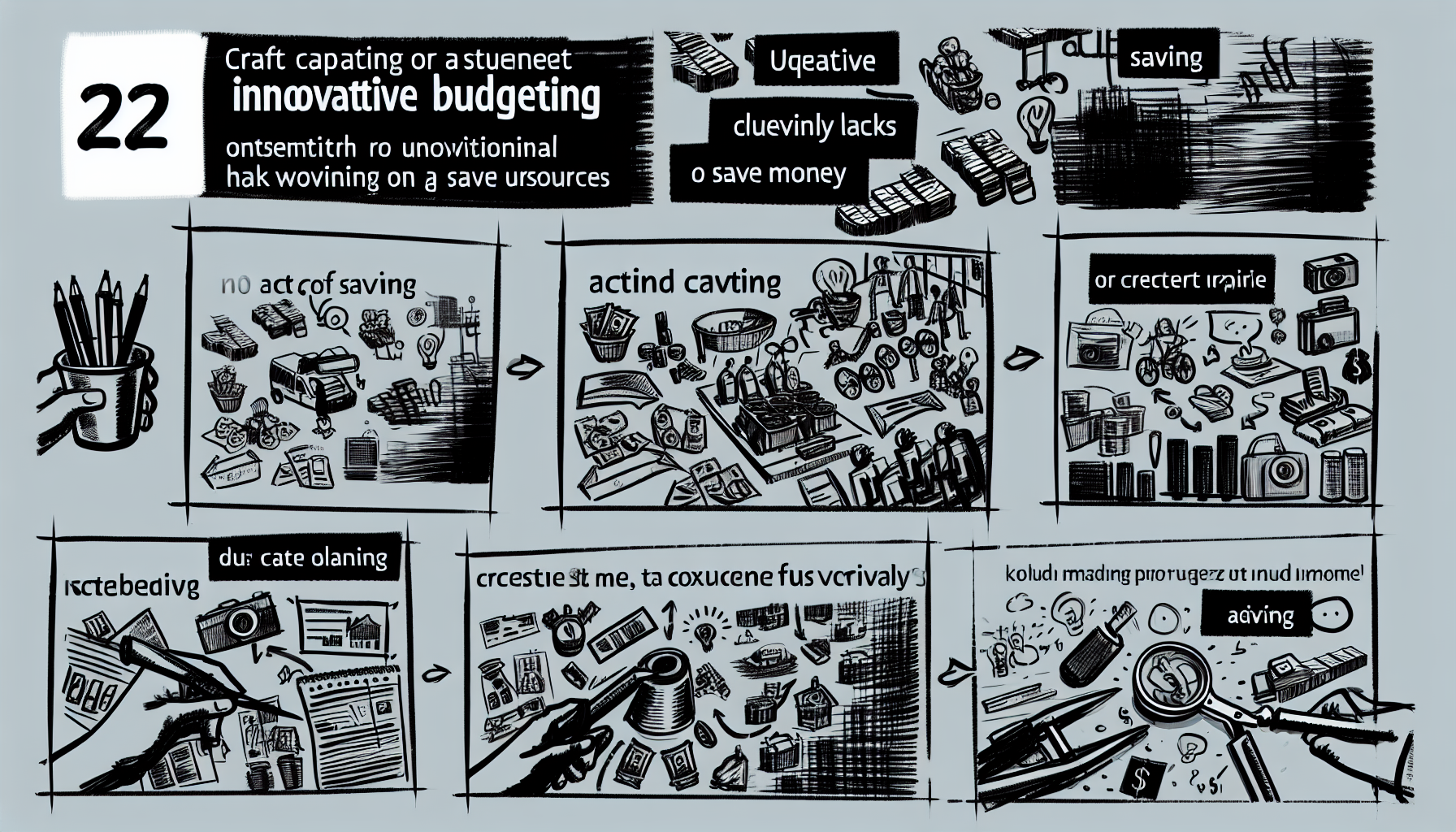
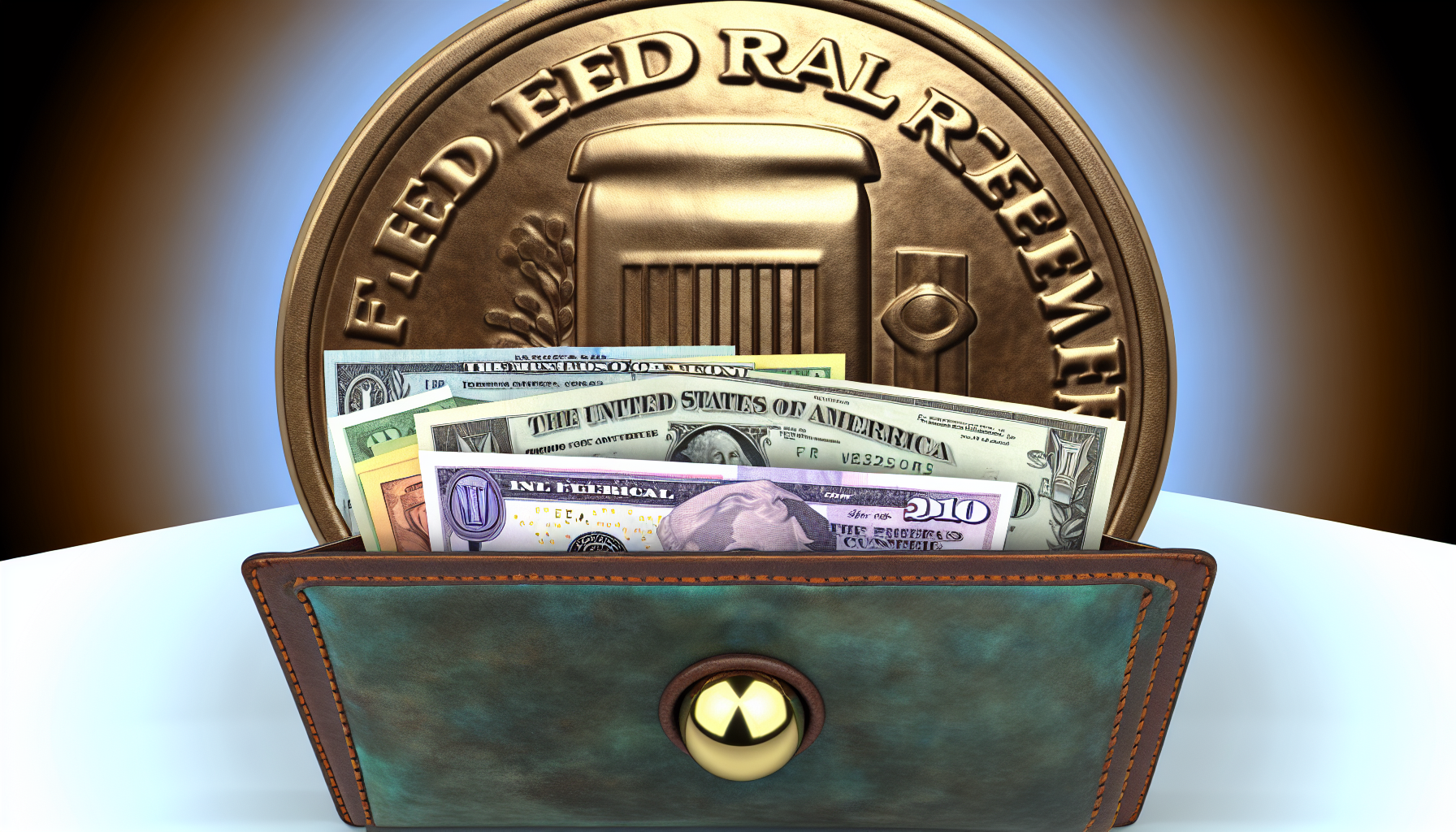



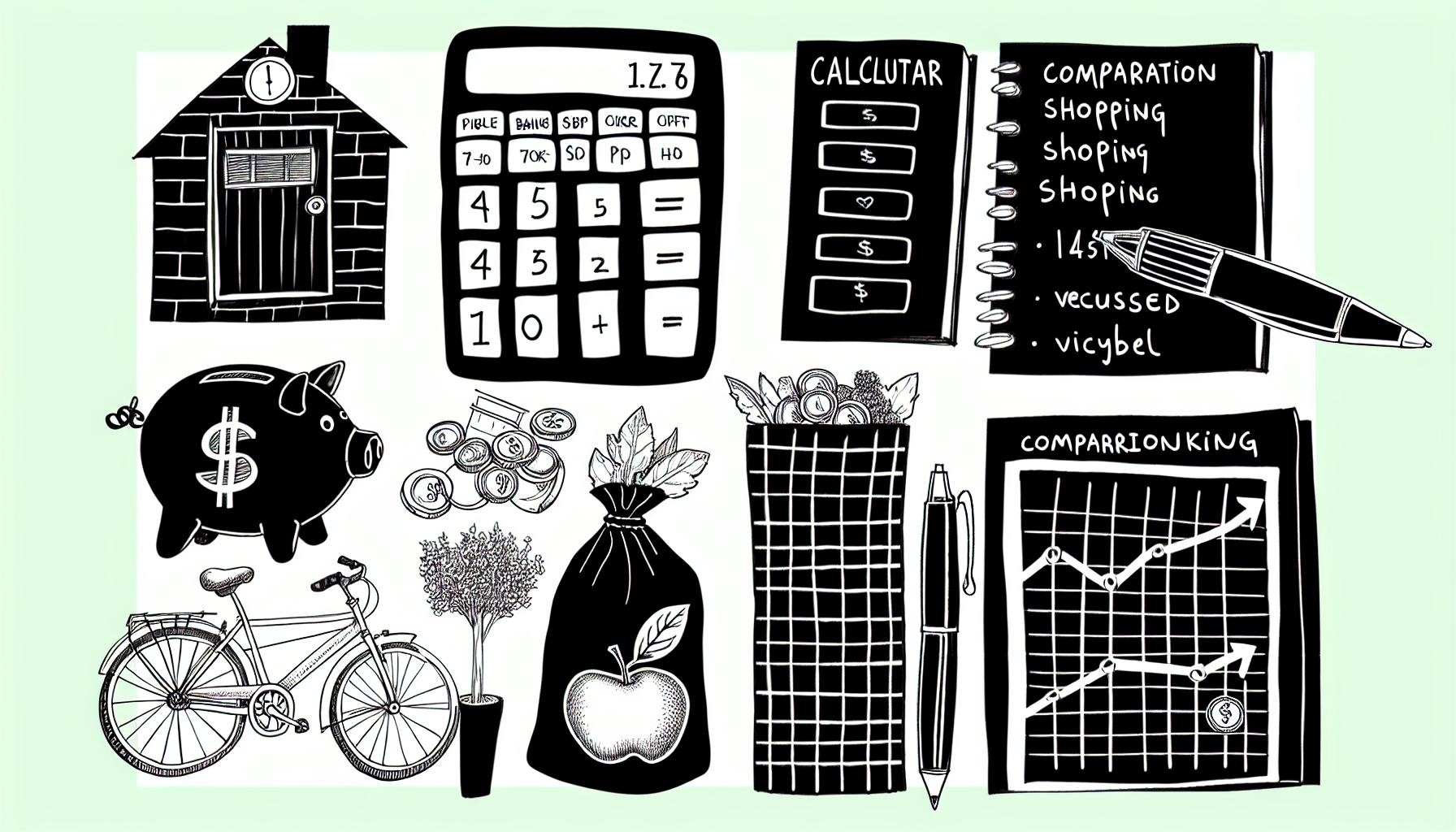




Leave a Reply